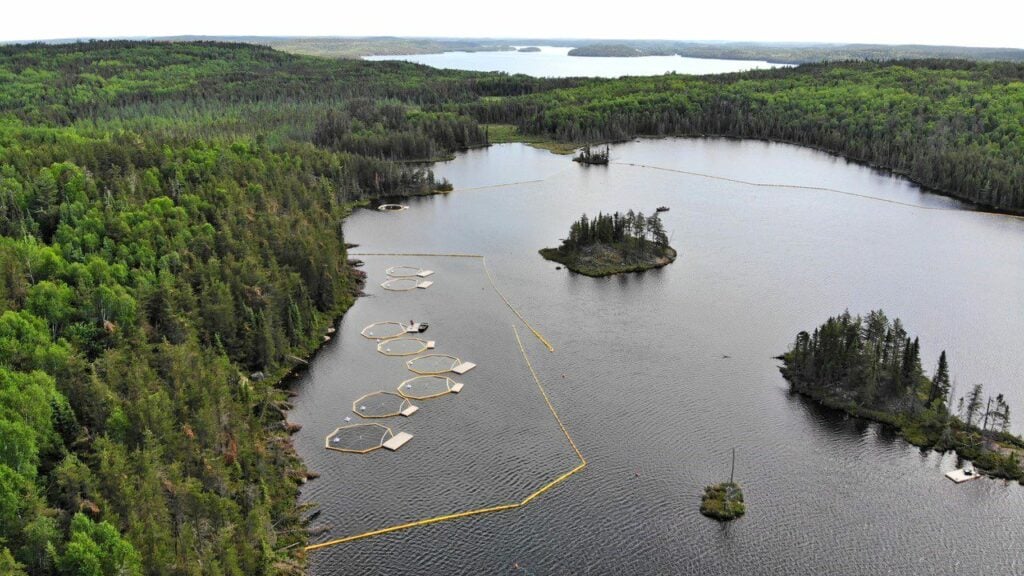Lakes are losing ice cover due to climate change, with more than 100,000 lakes at risk of ice-free winters if air temperatures rise by 4 degrees Celsius. For Northern Hemisphere lakes, ice duration has decreased by 28 days on average over the last 150 years, with faster rates of change in recent decades. But did you know about the experimental lakes area?
The Experimental Lakes Area is a research station of 58 formerly pristine freshwater lakes in Canada that was purposely polluted with anything from fertilizers to anti-depressants to explore the effects on aquatic life.
What are the Experimental Lakes?
In Northwestern Ontario, the Experimental Lakes Area (ELA) is a collection of 58 tiny lakes. The ELA has brought together experts since its founding in 1968 to develop one of the most extensive and long-running data collections on freshwater lakes. These lakes are free of human interference, allowing researchers to conduct real-time studies.
This extraordinary natural laboratory is genuinely unique. It enables scientists to understand better how all parts of these freshwater ecosystems respond to environmental changes. Scientists can alter these lakes and monitor the ecosystem’s response, from climatic changes to the fish population and physiological changes. Researchers can then track the long-term consequences of climate change and pollution on our freshwater resources. (Source: Great Lakes)
What is the Purpose of the Project?
The advantage of these lakes is that they allow us to simulate current global conditions. Acid rain, water pollution, the influence of mercury on fish populations, oil spills, invasive species, and much more are among the essential studies undertaken at the ELA.
These analyses have aided in informing governments worldwide on managing our freshwater resources effectively, and they continue to do so. These lakes are also used for teaching, bringing students, professionals, and local people, especially First Nations, together to share their knowledge of these ecosystems. (Source: Great Lakes)
The goal is to develop the next generation of freshwater scientists and foster ties that will help ensure sustainable development in Canada and around the world. The ELA strives to bring science, government, and industry together to identify and research new, emerging environmental hazards to be addressed before they become significant problems. (Source: Great Lakes)
What Can People Do to Help with the Cause?
Humans and every living species rely on clean water. Freshwater is an essential element of our daily lives, from drinking your morning coffee to showering. Furthermore, everything that lives in these freshwater ecosystems plays a vital function.
One tiny modification can significantly impact the remainder of the lake. Temperatures rising? Algae levels could increase. Increase in algae? Other plants will perish. Decomposition causes a reduction in oxygen levels. Because there is less oxygen, many fish and aquatic insects would die.
